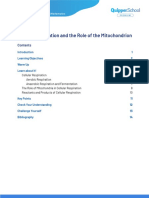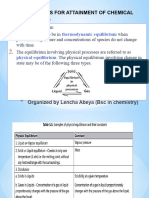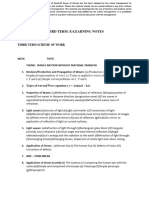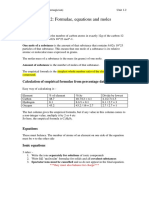0% found this document useful (0 votes)
13 views2 pagesOOP Notes Complete
The document provides comprehensive notes on Object-Oriented Programming (OOP) concepts, emphasizing the importance of note-taking and review strategies. It covers key topics such as the definition of object-oriented languages, memory management, class versus structure, polymorphism, object slicing, copy constructors, resource ownership, and move semantics. The notes highlight practical examples and distinctions critical for understanding OOP principles.
Uploaded by
Anshuman DaveCopyright
© © All Rights Reserved
We take content rights seriously. If you suspect this is your content, claim it here.
Available Formats
Download as PDF, TXT or read online on Scribd
0% found this document useful (0 votes)
13 views2 pagesOOP Notes Complete
The document provides comprehensive notes on Object-Oriented Programming (OOP) concepts, emphasizing the importance of note-taking and review strategies. It covers key topics such as the definition of object-oriented languages, memory management, class versus structure, polymorphism, object slicing, copy constructors, resource ownership, and move semantics. The notes highlight practical examples and distinctions critical for understanding OOP principles.
Uploaded by
Anshuman DaveCopyright
© © All Rights Reserved
We take content rights seriously. If you suspect this is your content, claim it here.
Available Formats
Download as PDF, TXT or read online on Scribd
/ 2





















































































